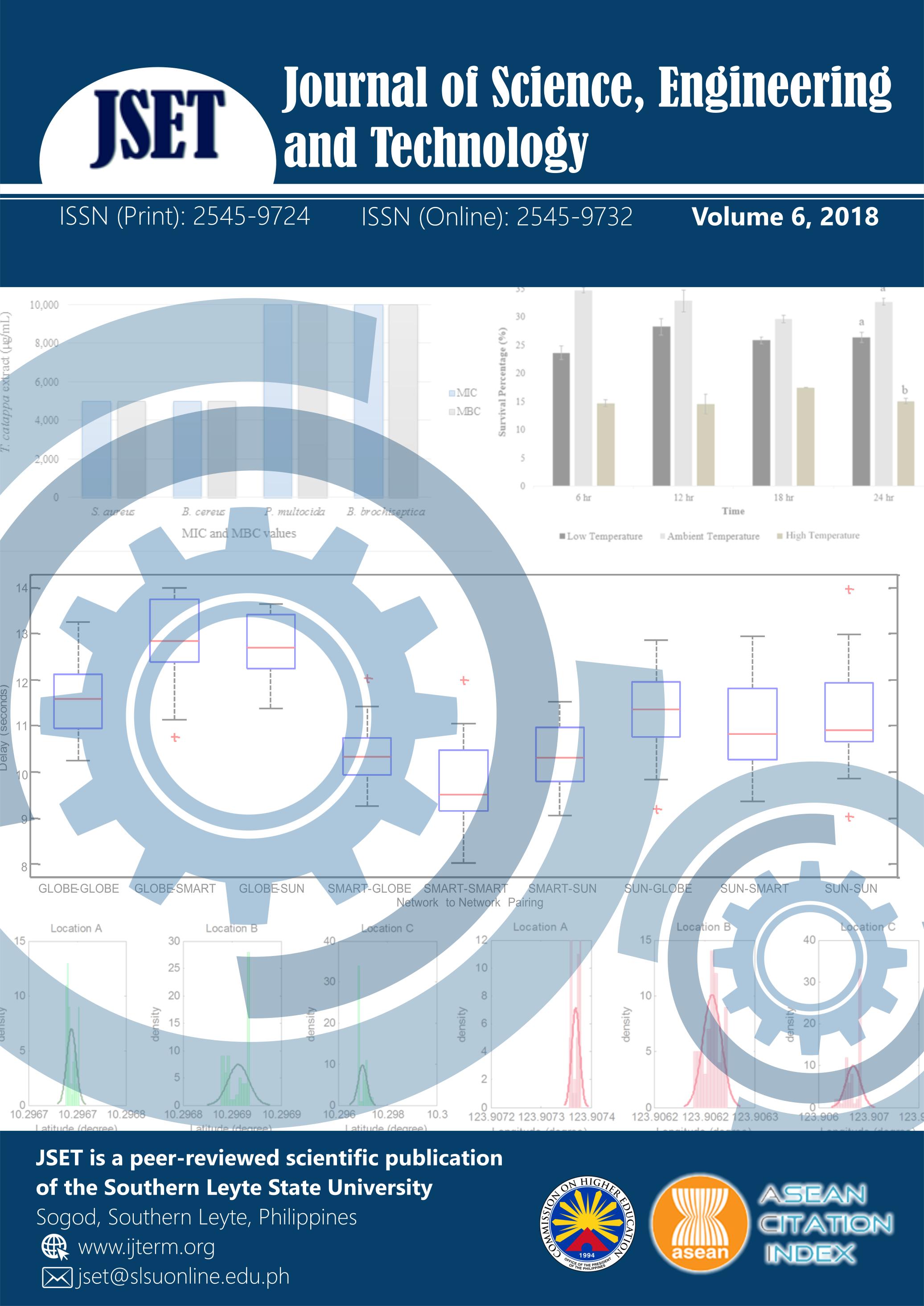Morphological and Physicochemical Characterization of Seagrass Species Using Unsupervised Learning Algorithm
DOI:
https://doi.org/10.61569/10wv6x71Keywords:
k-Means, Morphological, Physicochemical, Principal component analysis, SeagrassAbstract
Seagrasses are the only true plants that live completely submerged in the sea and are particularly abundant and diverse in tropical waters. It is necessary for filtering and holding sediments and thus keeping the water over the coral reefs clearer. The aim of this work is to integrate and compare the type of parameters that can influence the characteristics of a certain species by analyzing their morphometric and physicochemical variables. This study uses the unsupervised learning algorithms such as k-Means and Principal Component Analysis in determining the morphological and physicochemical characterization of four seagrass species. Among all the species observed Enhalus acoroides had the most morphological variation regarding of the length of longest leaf which has the highest value. This means that this species of seagrass is the most sensitive to the environmental conditions prevailing in the study site. Hence, seagrass conservation is hereby encouraged to promote more seagrass areas in the country.
Downloads
Published
Issue
Section
License

This work is licensed under a Creative Commons Attribution 4.0 International License.
This is an open access article distributed in accordance with the Creative Commons Attribution 4.0 Unported (CC BY 4.0) license, which permits others to copy, redistribute, remix, transform and build upon this work for any purpose, provided the original work is properly cited, a link to the license is given, and indication of whether changes were made. See: Creative Commons Attributions 4.0 International License.








